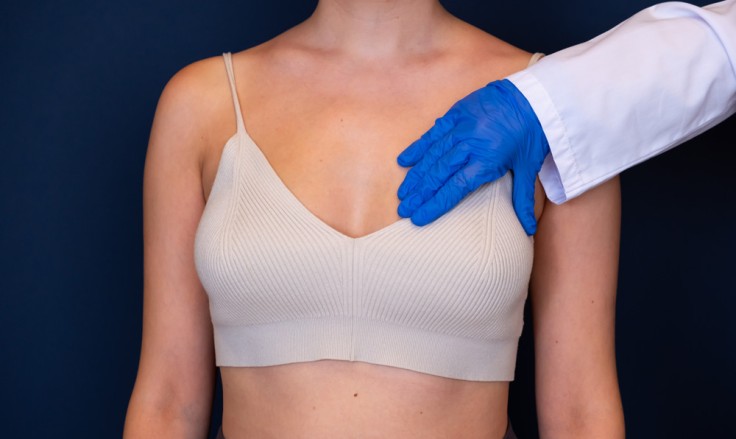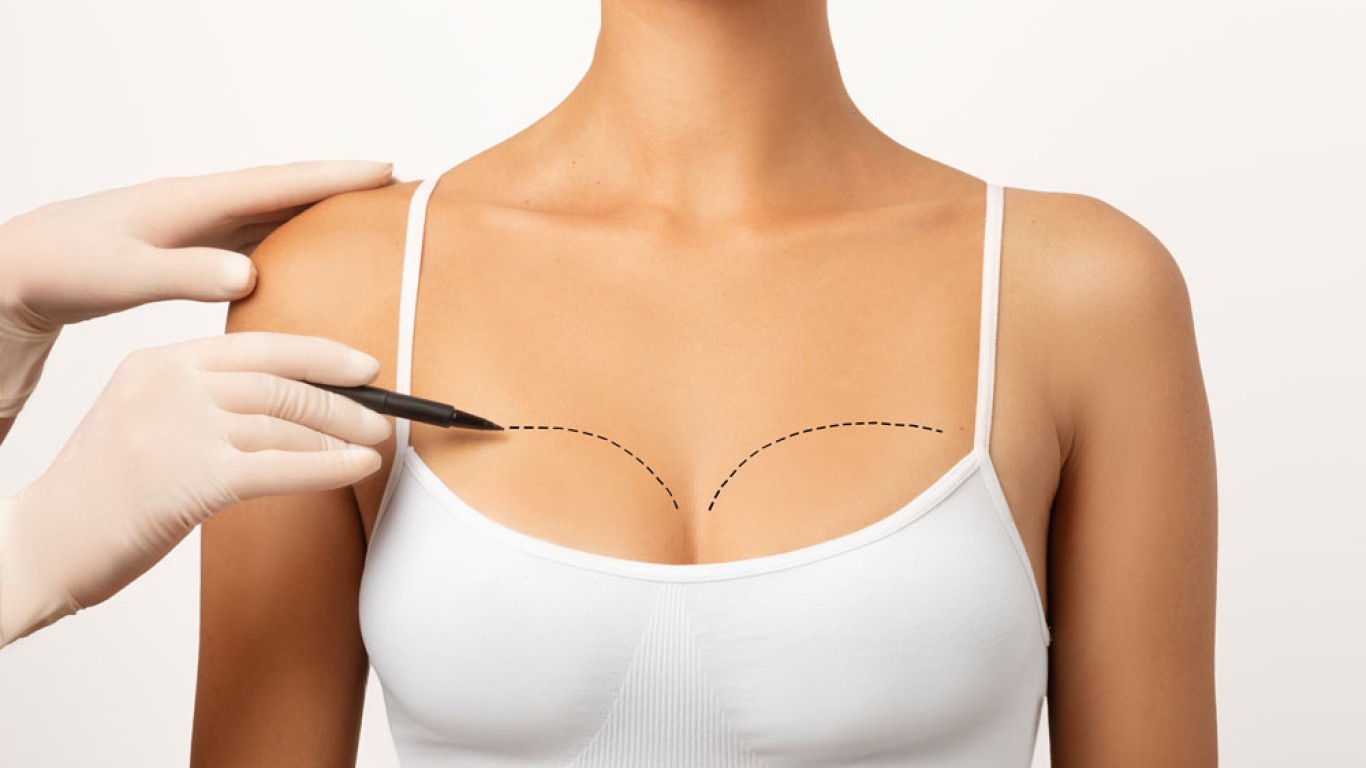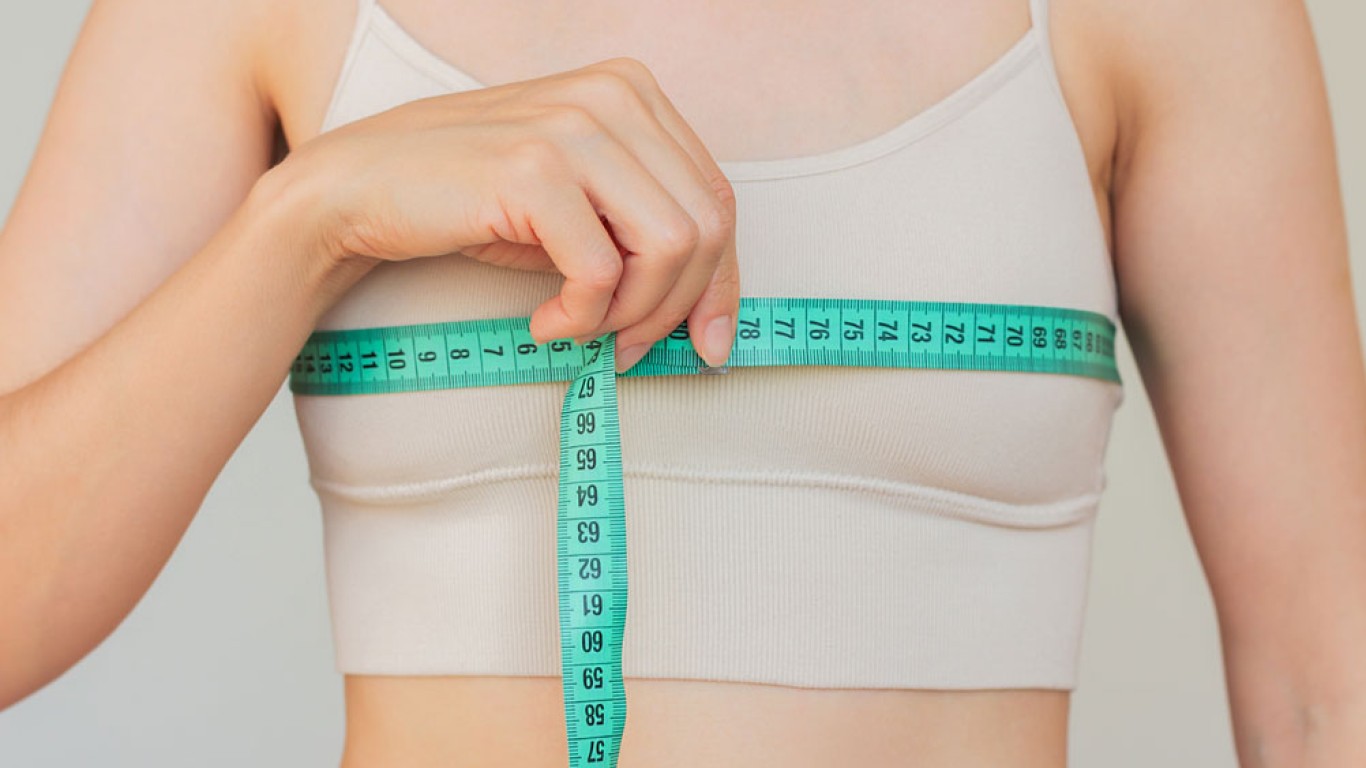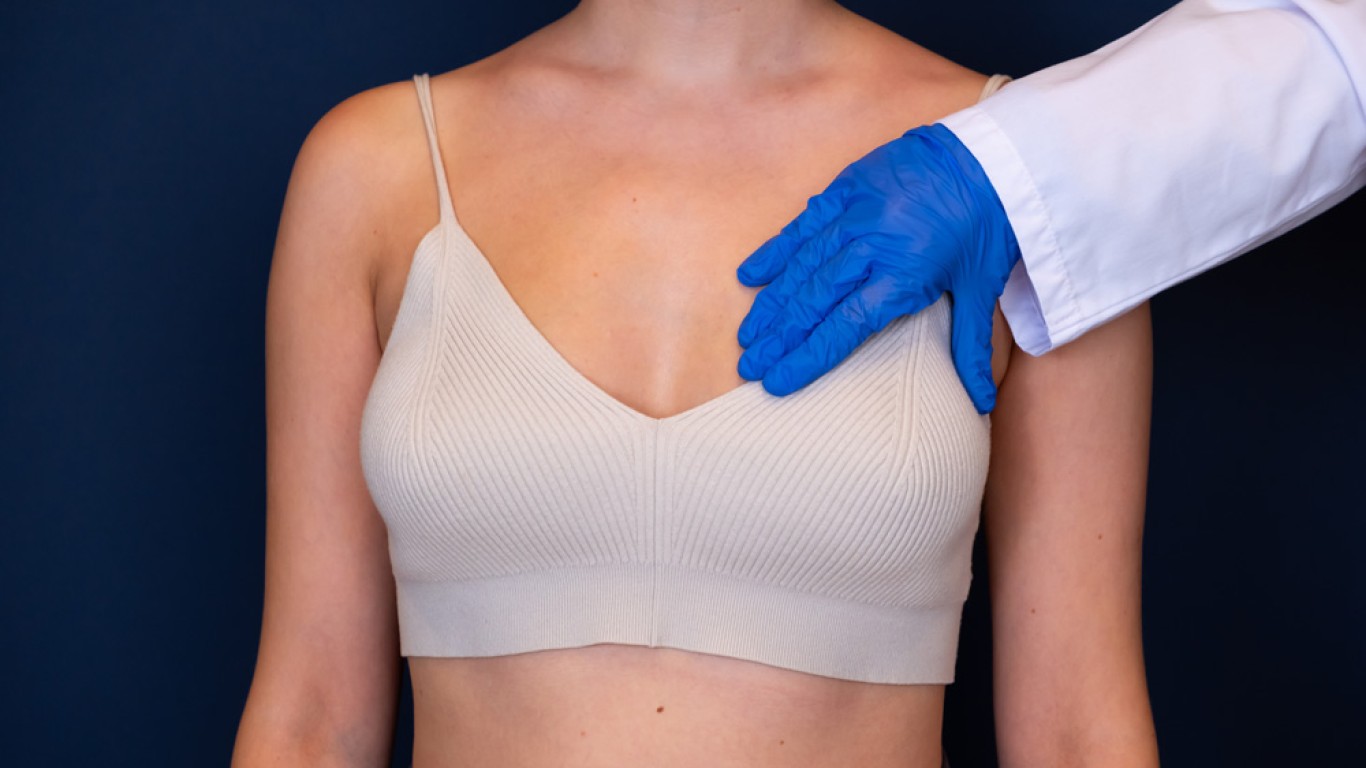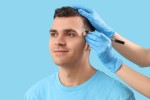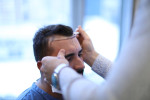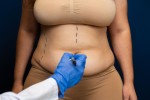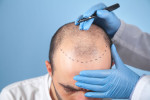Introduction
Breast reduction is a life-changing procedure for many individuals. It offers relief from physical discomfort, boosts self-esteem, and helps you enjoy everyday activities again. However, the recovery period plays a vital role in the success of the procedure. This article outlines what you can expect after a breast reduction, from the first day post-op to the months that follow.
Initial Breast Reduction Recovery: The First 24–72 Hours
Immediately after surgery, you’ll be moved to a recovery room for monitoring. You may feel groggy or tired, which is completely normal. Pain is usually managed with prescribed medication, and a surgical bra may be in place. This garment provides support, reduces swelling, and helps maintain breast shape.
You may have small drainage tubes in place. These help remove excess fluid or blood from the surgical site. They are typically removed within a few days. It’s important to rest during this period. However, light movement, such as walking around the house, is encouraged. This helps to promote circulation and prevent complications.
What to Expect During the First Week After Breast Reduction
The first week after surgery is when most of the initial swelling and bruising occur. Although discomfort is expected, it should gradually lessen with each passing day. Additionally, you’ll likely have your first follow-up appointment during this time. Your surgeon will check your incisions, remove or assess any drains, and ensure proper healing is underway.
Daily tasks may feel tiring, so get help with housework and childcare if possible. Take medication on time, drink plenty of fluids, and follow dietary recommendations to support recovery. It’s also important to avoid sleeping on your stomach. Sleep on your back with your upper body slightly elevated for the best support.
Managing Discomfort and Caring for Breast Reduction Incisions
Soreness, tightness, or numbness in the breast area is completely normal. Over-the-counter or prescribed medication will manage most discomfort effectively. Keeping your incision sites clean and dry is essential for avoiding infection. Your surgeon may recommend applying antibiotic ointment or using sterile dressings.
Avoid using lotions, oils, or powders on the incisions unless approved. Wearing the surgical bra as instructed provides consistent support. You should avoid underwire bras until your surgeon advises otherwise. If you notice redness, unusual swelling, or fever, contact your clinic straightaway.
Returning to Work and Daily Activities After Breast Reduction
Many patients return to desk-based work within 10 to 14 days. However, if your job involves lifting or physical activity, you may need more time off. Always follow your surgeon’s advice before resuming work. Avoid lifting heavy items, such as shopping bags, for at least four to six weeks.
Driving can usually resume once you stop taking prescription pain medications. Start with short, essential trips, and avoid long drives in the early days. Generally, it’s best to ease slowly back into your daily routines. Listen to your body and rest when needed.
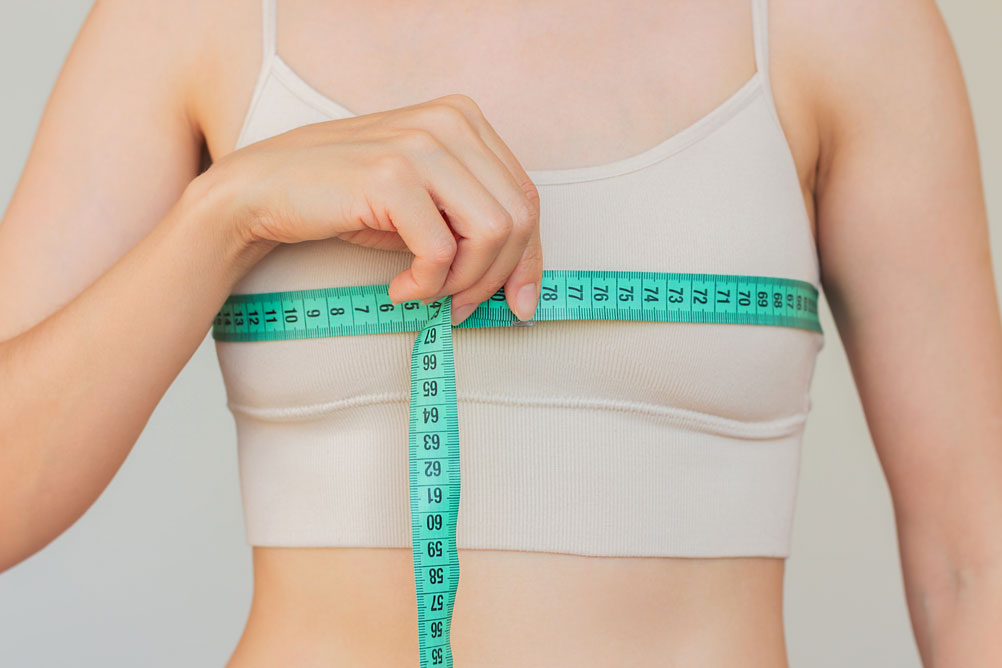
Exercise and Physical Activity: When to Resume
During the early stages of healing, limit yourself to light activity like walking. This boosts circulation and helps reduce swelling. However, avoid strenuous workouts, running, or weightlifting for at least six weeks. These can strain your incisions and delay healing.
After your follow-up appointments, your surgeon may clear you to return to moderate exercise. Always wear a supportive sports bra when engaging in physical activity. Avoid high-impact movements until you receive full clearance. Gradually rebuilding strength is the best approach for long-term success.
Emotional Changes and Mental Well-Being
It’s not uncommon to experience emotional highs and lows during recovery. Many patients feel overwhelmed by the changes, limitations, and discomfort in the early stages. Hormonal shifts and anaesthesia effects can also impact your mood.
Talking with friends or a professional can help ease emotional pressure. Journaling your recovery journey may also provide a positive outlet. As swelling reduces and your results become visible, your confidence and emotional outlook often improve.
Visible Breast Reduction Results and Scarring
You’ll likely notice changes in breast size and shape immediately after surgery. However, swelling may obscure the final results at first. Over the next few months, your new breast contour will continue to settle.
Scars from breast reduction typically form around the areola. They can also form down the centre of the breast, and possibly along the crease. While they may appear red and raised at first, they usually fade with time. Apply silicone-based scar treatments, massage the area gently, and protect skin from the sun. This can help improve scar appearance.
Maintaining Breast Reduction Results Long-Term
For lasting results, maintain a stable weight and healthy lifestyle. Significant weight fluctuations can affect breast size and skin elasticity. Eating a balanced diet and staying active will help preserve your new shape. Supportive bras are also key. Avoid underwire bras until you are fully healed. Once cleared, invest in high-quality, properly fitted options. These protect breast tissue and reduce sagging over time. Hormonal changes, ageing, and pregnancies may still impact breast appearance. However, a well-done breast reduction usually offers years of physical and aesthetic benefits.
Why Many Patients Choose Turkey for Breast Reduction
Turkey has become a popular destination for cosmetic surgery, including breast reduction. Highly trained surgeons, modern facilities, and competitive pricing attract international patients. Clinics in Turkey often offer package deals that include accommodation, airport transfers, and aftercare support.
Many patients appreciate the personalised service and advanced technology available in Turkish clinics. English-speaking staff, short waiting times, and detailed consultations further add to the appeal. If you’re considering surgery abroad, Turkey is worth exploring as a top-quality option.
Support During Breast Reduction Recovery: Friends, Family, and Clinics
Recovery is easier when you have the right support system. Ask a family member or friend to stay with you during the first few days. They can help with meals, medication schedules, and emotional encouragement. Most reputable clinics also offer ongoing support after surgery. Don’t hesitate to contact your care team with questions or concerns. Staying connected ensures a smooth recovery process.
Conclusion
Recovery after a breast reduction involves multiple stages. From rest and wound care to emotional adjustment and lifestyle habits. Remember to follow your surgeon’s advice, take care of yourself, and stay patient. This will help ensure the best possible results. Over time, you’ll not only see the physical transformation but also feel lighter, more comfortable, and more confident.
For more information and to book a consultation visit the ACIBADEM Beauty Center Breast Reduction page.
Frequently Asked Questions
Most patients return to work in 1–2 weeks, but full recovery may take 6–8 weeks.
Typically, you can wear a regular bra after 6 weeks, once your surgeon confirms full healing.
Some patients experience temporary numbness, but sensation usually returns within a few months.
It depends on the technique used. Some patients retain breastfeeding ability, but not all.
Yes, but factors like ageing, weight gain, or pregnancy can affect breast size over time
